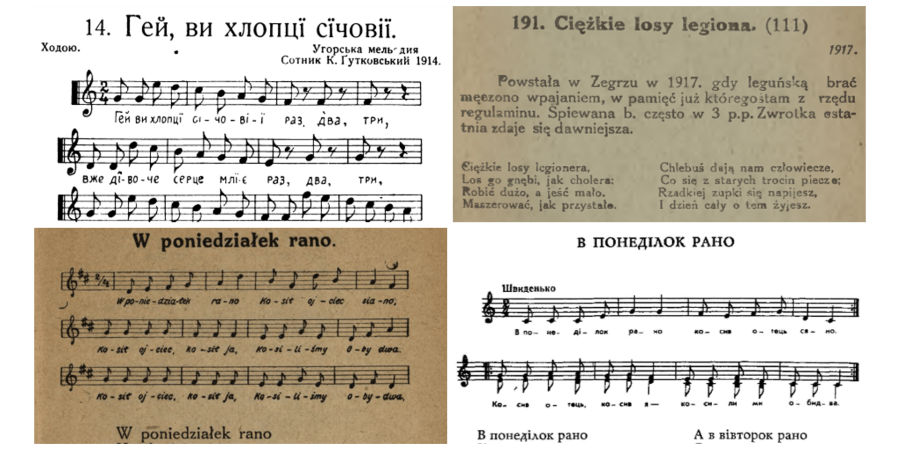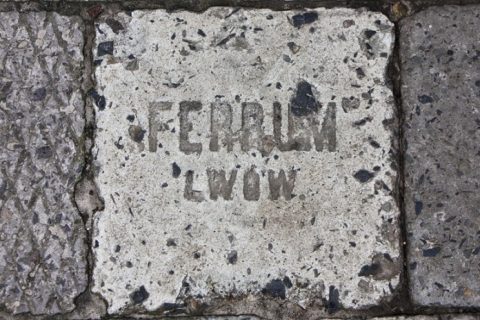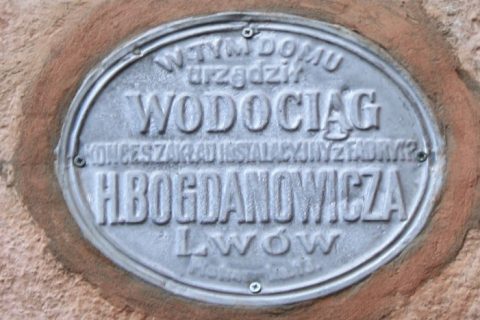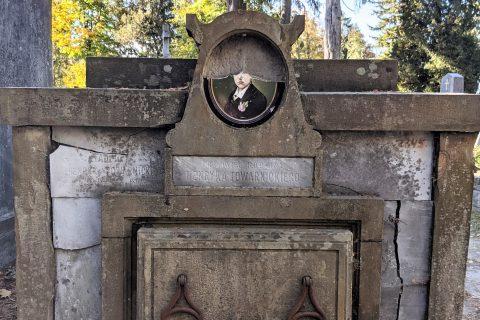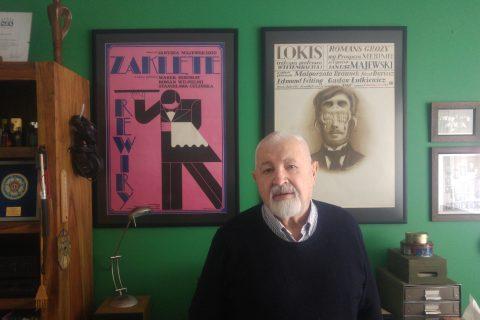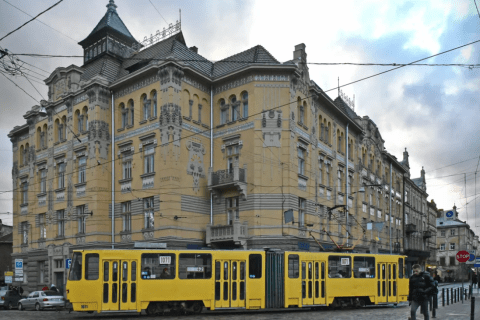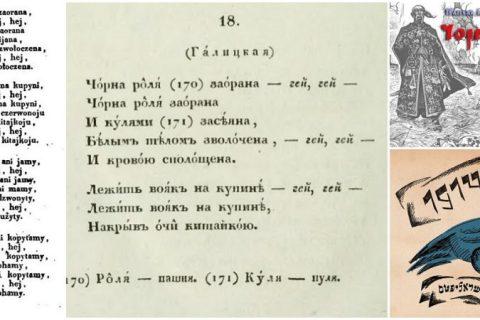Cultural Confluence: Exploring Shared Songs Across Ukrainian and Polish Traditions
During a visit to Kraków the week before Christmas, I attended a small gathering at an acquaintance’s apartment. While they sang Polish Christmas carols, one particular melody stood out to me — it was remarkably similar to a Ukrainian Christmas carol, with lyrics that resembled those of its Ukrainian counterpart. […]
Read More
